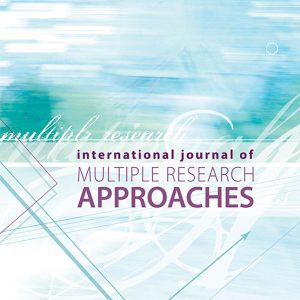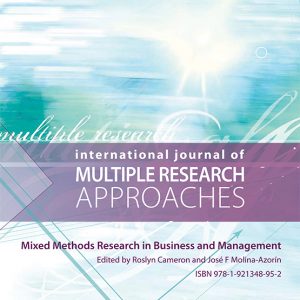5(2).09. The problem of limited diversity in qualitative comparative analysis: A discussion of two proposed solutions
$30.00
Description
The problem of limited diversity in qualitative comparative analysis: A discussion of two proposed solutions
STEPHANIE LOUISA THOMSON
School of Education, Durham University, Durham, UK
ABSTRACT
I use data from the 1980 survey of the British 1970 Birth Cohort Study (BCS70; N = 1,890) and the case-based, set theoretic method qualitative comparative analysis (QCA) to assess to what extent maternal interest in education is sufficient for high attainment in mathematics for 1890 cases. Specifically, I examine whether maternal interest is sufficient only for children of certain social classes and a particular sex. I use QCA because it assumes that ‘multiple conjunctural causation’ is at work rather than an average effect of one variable across all cases (Ragin, 2000, p. 104). This allows us to explore which combinations of factors – or configurations – consistently achieve the outcome and, hence, account for factors whose effects are a function of other factors in the configuration (Cooper & Glaesser, 2008). During the analysis, I encounter limited diversity in the data and explore two approaches that claim to allow the analysis to continue even when limited diversity is present. In the first of these analyses, the counterfactual method, the researcher uses existing theory to check the plausibility of results where there is limited empirical support. In the second approach, the two-stage method, a preliminary analysis is performed and, based on those results, factors are removed from the model and, hence, the complexity of the model is reduced. I argue, here, that the counterfactual method is preferable to the two-stage method because the two-stage method might distort findings and make them overly simplistic. I then demonstrate the difference in results when the two approaches are applied to these same data.
Keywords: mathematics, education, qualitative comparative analysis, social class



